What’s on Avery Island?
Our whole adventure to Louisiana was based on the idea of a visit to Avery Island.
Our whole adventure to Louisiana was based on the idea of a visit to Avery Island.
What’s on Avery Island?
The TABASCO® factory.
TABASCO® Brand products are made by the McIlhenny Company, founded by Edmund McIlhenny in 1868 on Avery Island, Louisiana. It was there that he developed the recipe for TABASCO® Original Red Pepper Sauce that's been passed down from generation to generation. To this day, the company is still family owned and operated on that very same island.
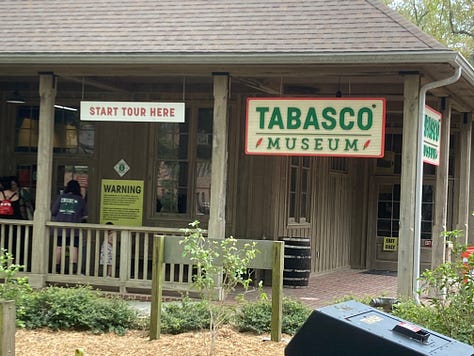




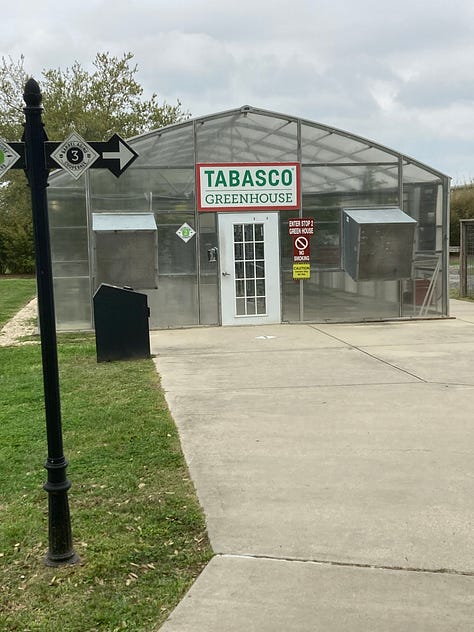


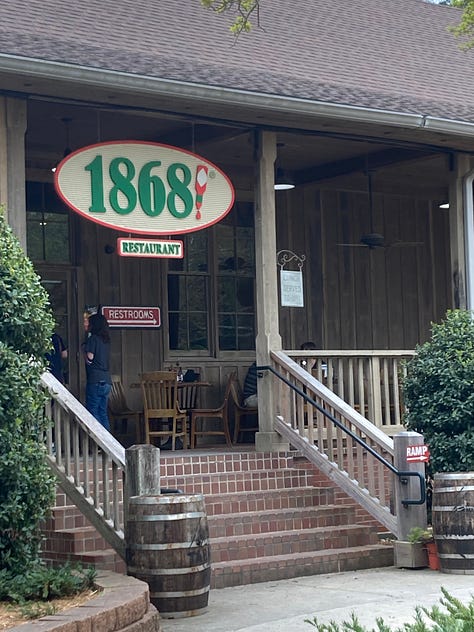
TABASCO® quickly gained popularity and set the world on fire with its pungent and spicy flavor profile, setting the standard for what a hot sauce should be. The sauce is a $100 million-a-year business, sold in more than 100 countries, with its diamond label printed in 19 languages. And every bottle is filled at the factory we visited owned by McIlhenny Co. family.
In 1818, John Craig Marsh bought land to raise sugar cane. Sarah, his daughter, married a Baton Rouge judge named Daniel Avery. Their daughter, Mary, wed Edmund McIlhenny, who was a banker in New Orleans.
Prior to the Civil War, they discovered a huge salt dome under the island. During the Civil War, the family provisioned the Confederacy with salt. Avery Island was a target for invading Union forces in 1863 because salt was a critical material. It was used as a preservative, and for gunpowder.
After the Civil war, Edmund McIlhenny returned to Avery island only to find the sugar cane burned and the salt mines flooded. But pepper plants from hardy Mexican seeds given to him by a friend had survived and flourished. He experimented with the red capsicum peppers in his garden and created a zesty sauce.
He picked choice red peppers and ground them up. He mixed them with local rock salt in white-oak barrels and let them settle for 30 days to age and ferment. Then he added high-quality French vinegar to the mash, mixed it slowly for another 30 days, and decanted the liquid.
Capsicum is a genus of flowering plants in the nightshade family Solanaceae, native to the Americas, cultivated worldwide for their edible fruit, which are generally known as "peppers" or "capsicum". Chili peppers grow on five species of Capsicum. Sweet or bell peppers and some chili peppers are Capsicum annuum, making it the most cultivated species in the genus. Wikipedia



The sauce was poured into emptied perfume bottles with sprinkler tops, which dispensed it drop by drop. McIlhenny called the product TABASCO® because he liked the sound of the Mexican Indian word. It means ‘land where the oil is humid.’
At friends' urging, McIlhenny sent samples to Northern food distributors. TABASCO® was first shipped to New York in 1868. A London office was opened in 1872 to fill orders from European and British Commonwealth buyers.



As TABASCO® prospered, Edward Avery McIlhenny, a son of the founder was a gifted naturalist and explorer found that Louisiana's snowy egrets were close to extinction because of the demand for their feathers in women's hats. To protect the egrets, he ventured into the swamp, caught eight young egrets and raised them in a cage over the small lake on the island. They grew, mated, and flew away - and returned the next year.
McIlhenny thus created Louisiana's first wildlife preserve.







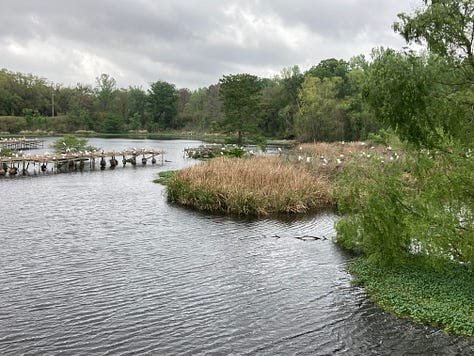

It opened to the public in 1935.
Today, the sanctuary is the home of snowy and great egrets, blue herons, purple gallinules, terns, blue-winged teal, wood ducks, geese, and other water birds that nest on wooden piers in the ponds called Bird City. Each spring, some 20,000 nests are built here, and 20,000 heron families hatched.
Edward McIlhenny also created a Jungle Garden, where blossoms of azaleas, dogwood, redbud, wisteria and others flourish - along with exotic imports like bamboo and papyrus. Dozens of varieties of camellias, they say it’s the world's largest collection, which were not in bloom when we were there in March.
There’s also a very nice restaurant on the premises which features Tabasco products.
I highly recommend the Crawfish Étouffée.
When we were farming, one of my favorite crops to grow was hot peppers. The hot pepper crowd at market was always a fun bunch, each trying to out-heat the next. We sold many different types of hot peppers, we were one of the few at market to offer over ten different varieties varying in heat degrees.
My favorite peppers were Trinidad Scorpion peppers and ghost peppers. I made hot sauces with them that sold like crazy!
Scorpion Heat Caribbean Style was sweet heat with a touch of lime juice.
El Diablo’s Fuego Sauce was all heat.
If you like hot sauce, experiment with making your own. It’s fun and the results will surprise you.
This recipe is not like mine, I fermented the peppers for a long period of time and if you’re not familiar with the fermentation process, well let’s just say the end results could be disappointing! I also used tomatoes from the garden, hot sauce enthusiasts will tell you tomatoes don’t belong in hot sauce, they’re right, but I like the way tomatoes made it taste and it kept the acidity at the right level (canning/preserving logic). They also made for sweet heat!
This is a very basic formula, one to experiment with!
Homemade Hot Sauce
Makes about 2 cups
Ingredients
1 pound red Fresno peppers or red jalapenos (or experiment with your favorites)
1 cup whole garlic cloves, peeled (or to taste)
1 1/2 cups distilled white vinegar
1 cup apple cider vinegar
1/4 cup sugar
2 teaspoons fine sea salt
Directions
Prep the peppers:
Wash and dry the peppers. Cut the flesh of the peppers away from the core, or halve and seed. Don’t touch your face, eyes or cats (or anything else) once you’ve started cutting the peppers. If you want your sauce to be very hot, include the ribs and seeds in the sauce.
Put the peppers in a 2-quart glass container. Slice the whole garlic cloves in thick slivers and add to the peppers. Add the white and cider vinegars, sugar and salt. Stir to coat, then cover and refrigerate for 8 to 24 hours.
Transfer the pepper mixture to a 2-quart pot and place over medium-high heat. Stir and bring to a boil, then reduce the heat to keep the mixture at a simmer. Cook for about 30-40 minutes, covered, stirring every 10 minutes. (Have the vent fan on or the windows open during this step, as the vinegar fumes can be potent.)
When the peppers are very soft, uncover and cook until the liquids are slightly thickened, about 10 minutes. Let cool.
Transfer the mixture to the blender container, being careful not to inhale the vapors rising from the vinegar. Secure the lid, place a folded kitchen towel on top, and hold down the lid. Blend until smooth, scraping down as necessary. If the mixture is too thick, stir in a little water.
Transfer to a squirt bottle or sterilized jars and cover, refrigerate for up to 1 month. You can also freeze the sauce for up to 3 months.




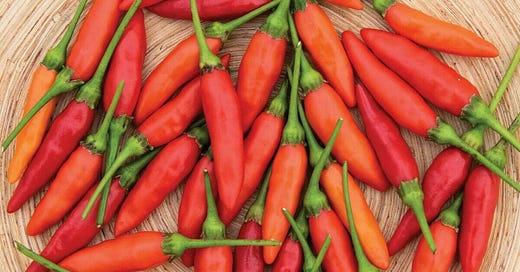




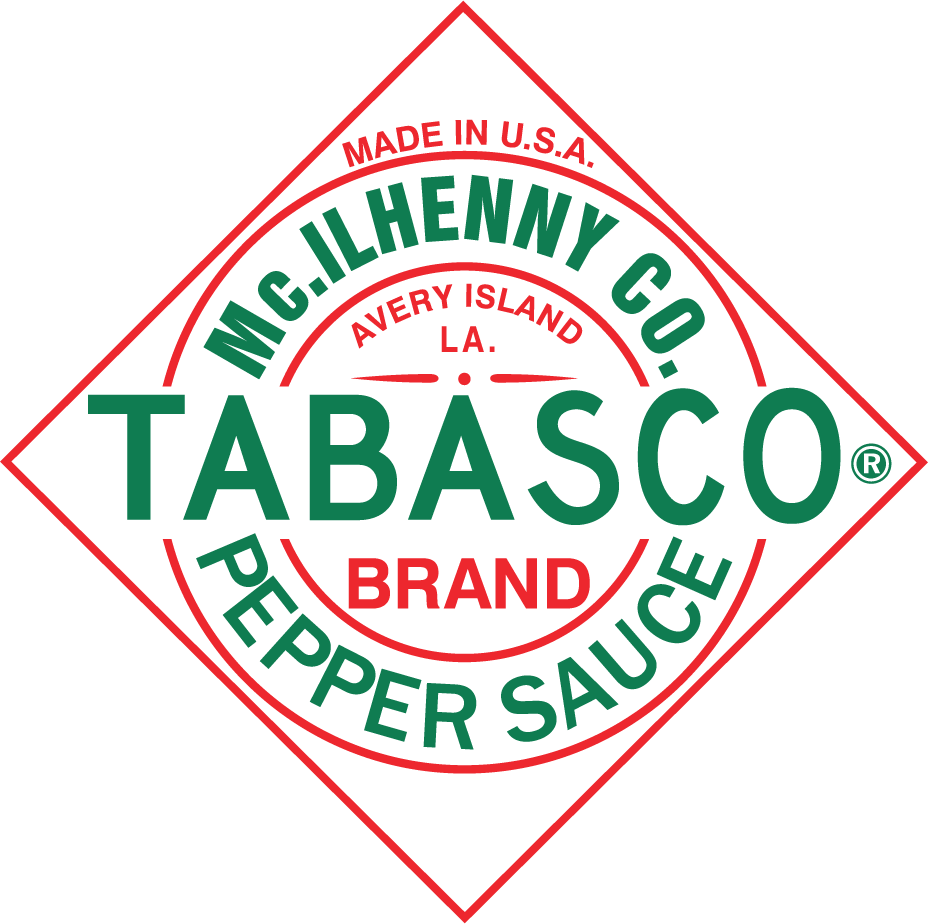



What a great history of a family business. And, of course, I love that you made your own.
What a lovely story! I had no idea of the history.